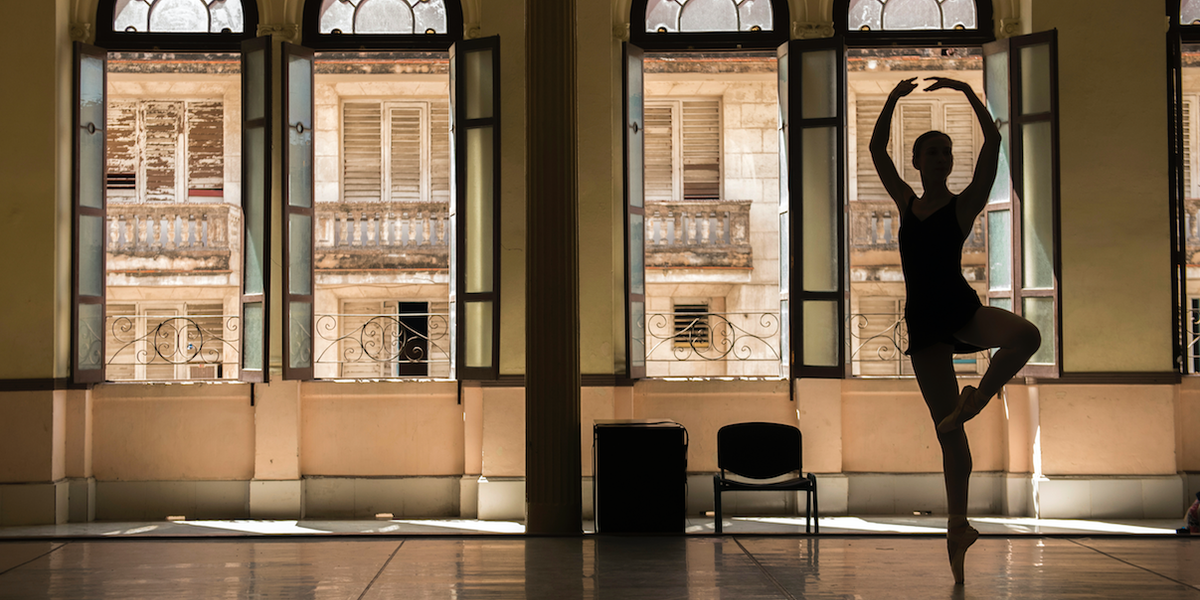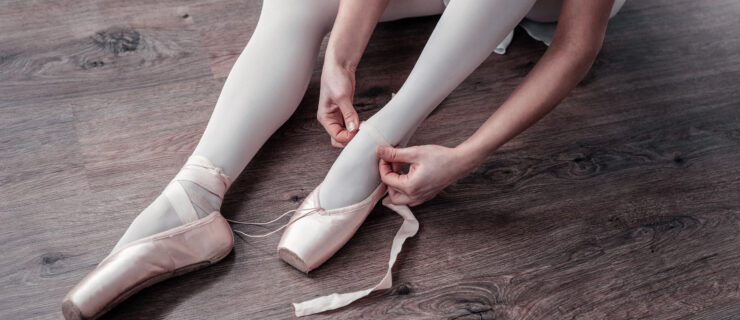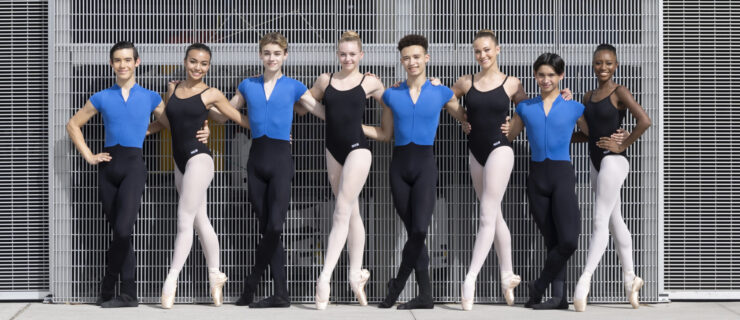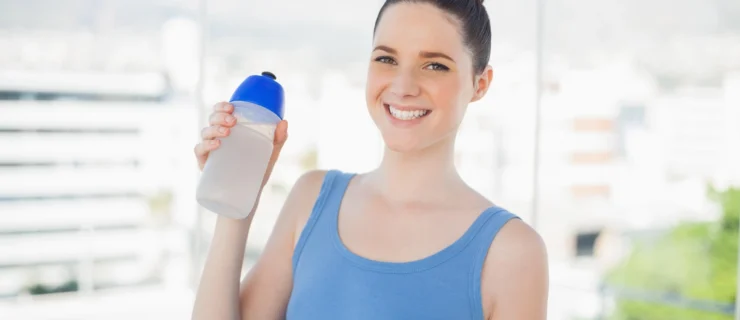Catherine Conley on Her Year Training at the Cuban National Ballet School—and the Exciting Reason Why She's Staying
When I was 4 or 5, I told my mom, “I want to go to a real dance school with barres and a mirror.” My preschool recommended Chicago’s Ruth Page Center for the Arts. That’s where I trained until I left for Cuba a year ago. I went to regular school during the day, and then had ballet class for four or more hours per day during the evenings and weekends. Nobody in my family has a dance background, but they’ve been supportive through all of it.
My school in Chicago teaches a technique that draws on Vaganova, Cecchetti and Bournonville. I went to very different summer intensives, as well: American Ballet Theatre, the Royal Ballet School in London and Boston Ballet. Then, two summers ago, Ruth Page School of Dance director Victor Alexander, who is Cuban, arranged an exchange with the Cuban National Ballet School. A group of eight Cubans came to Ruth Page’s summer intensive. I had to learn an entire pas de deux as well as a contemporary ballet piece in 10 days, and then perform them. I’d never had to do anything that quickly; it was hard work but exciting. I then realized that if I could dance professionally, I wanted to.
 Conley in class at the Cuban National Ballet School. Photo by Alex Garcia.
Conley in class at the Cuban National Ballet School. Photo by Alex Garcia.
The second part of the exchange brought Ruth Page students to Havana for two weeks. I had no idea what to expect. In some ways, Cuba is a time capsule, with those old cars and beautiful old buildings. In the center next to the capitol building is the grand Great Theater of Havana Alicia Alonso, where the National Ballet of Cuba performs. Every Cuban knows and admires Alicia Alonso and they love and appreciate ballet. While watching TV, I came upon a ballet channel—it was like ESPN for ballet! It says a lot about the Cuban culture and mindset.
I didn’t find out until after we were back in Chicago that Ramona de Saa, the Cuban National Ballet School’s director, had invited me to train there for the year. I had been undecided about going to college or pursuing a professional ballet career. It didn’t take long being in Cuba, dancing all day and seeing the amazing Cuban dancers at work, to conclude that I wanted to pursue a career first. I still applied to colleges, including the University of Michigan; I was admitted there but deferred. It made me feel more comfortable about the decision to go to Cuba to have that option.
In September 2016, I left for Cuba. I was 18 and I needed to adjust to a lot of everyday things that worked differently. First, I had to learn Cuban Spanish, which is very rapid! There’s Wi-Fi, but it’s not available everywhere; calling my parents was very expensive, so that was limiting. I also had to learn a new currency system. Cuban food is pretty simple and unprocessed. You get your meat from the market and you eat it that day—usually with rice, beans and vegetables. Cubans make the best pork, and their fruit is heavenly.
I lived in the student dorm for a while, but now I rent a room in an apartment from a very nice Cuban woman. I have a boyfriend whom I met during the first exchange in Havana. His family throws big dinners with a lot of people on the weekends, and I am always invited and made to feel like family, which is the way Cubans are.
 Conley (far left) with her Cuban National Ballet School classmates. Photo by Alex Garcia.
Conley (far left) with her Cuban National Ballet School classmates. Photo by Alex Garcia.
The Cuban ballet technique is known for its turns and elevated jumps, but there’s also a lot of stress on footwork and artistry. And Cuban men are really excellent partners. Partnering class is quite advanced because students have been doing it for so long. I worked regularly with one partner, Dario Hernandez, on the Paquita pas de deux and the Snow Queen pas de deux in Nutcracker. It was hard at the beginning because I had so little partnering experience, but we became friends pretty quickly. At first I didn’t speak much Spanish, so he would speak slowly. Now I’m fluent and we dance really well together.
Ballet class here begins at 8 am. Then comes repertoire—this year we did Le Corsaire—followed by a specialty class like ballroom dancing or physical preparation, which is like conditioning. From 12:30–1:30 pm we had variations and pas de deux rehearsal. Sometimes we’d have rehearsal for shows or for the April Concurso Internacional (“competition” in Spanish), and we would be there until 8 pm. My roommate and I would walk home at night, and on the way, there was a place that sold big bags of ice for a dollar. We would get that and soak our feet in ice water.
When I arrived in Cuba, I didn’t understand that the Concurso was such a big deal. Basically, all variations and pas de deux rehearsals are in preparation for it. The big event isn’t just the competition—it’s also a school exchange. Students come from all over the world to take classes at the National Ballet School. I competed in the Concurso with the pas de deux from Paquita. My goal was to just enjoy myself and get to the second round, but I ended up getting silver in the pas de deux category for my age group, and the overall award for Individual Interpretation.
 Conley in class at the Cuban National Ballet School. Photo by Alex Garcia.
Conley in class at the Cuban National Ballet School. Photo by Alex Garcia.
Most National Ballet School students hope to be chosen for the National Ballet. My original plan was to come back home and audition in the U.S. and Europe, but when I got here and saw the National Ballet perform, and got a feel for Cuba, I started thinking about auditioning for the company. I didn’t know if that would be possible. There have been only a few foreigners in the company here, and even though I trained at the school, I was there a relatively short time. However, I think that bonding with instructors and fellow students, plus the Concurso results, made a difference. I was invited to audition right after the competition.
Within a few weeks, I learned that I would be joining the company. I was thrilled on many levels—to join one of the most renowned classical companies in the world, to continue to dance with my good friends, and to stay in a country and culture that I love so much. I’m in the midst of a six-month program that’s like an apprenticeship, where the company and dancers get a feel for one another and make decisions from there about the future.
Last year while in high school, I watched a video of Roberto Bolle and Diana Vishneva performing the Sleeping Beauty pas de deux about 100 times. At the end, they do a partnered turn—just one pirouette, but it’s the most beautiful pirouette I’ve ever seen. Someday, I want to be able to do something really simple onstage, but project so it looks as beautiful as that one pirouette. My goal now is to work very hard and make the most of my time in the company to improve. Being here is amazing, and it is my hope to stay.





